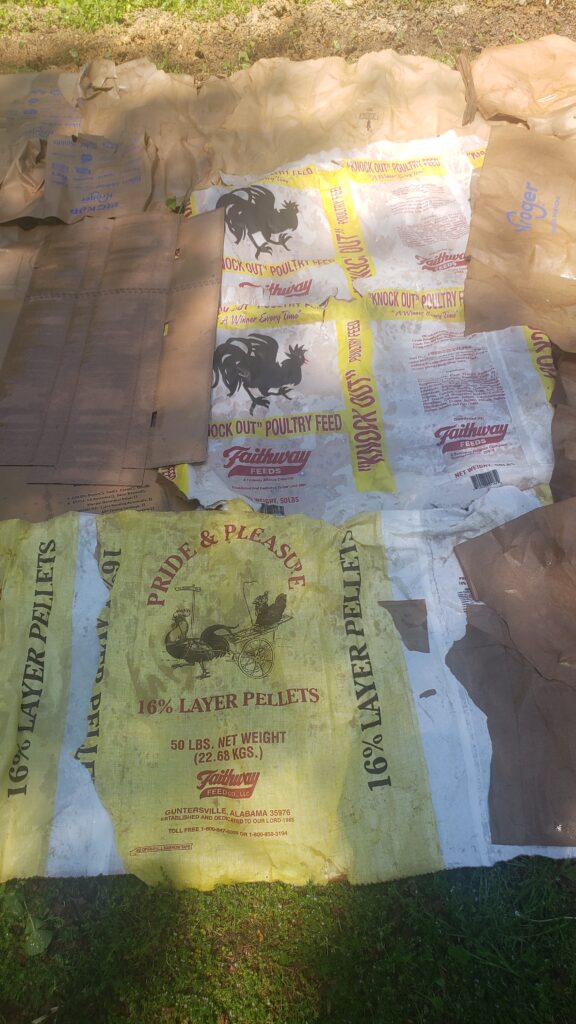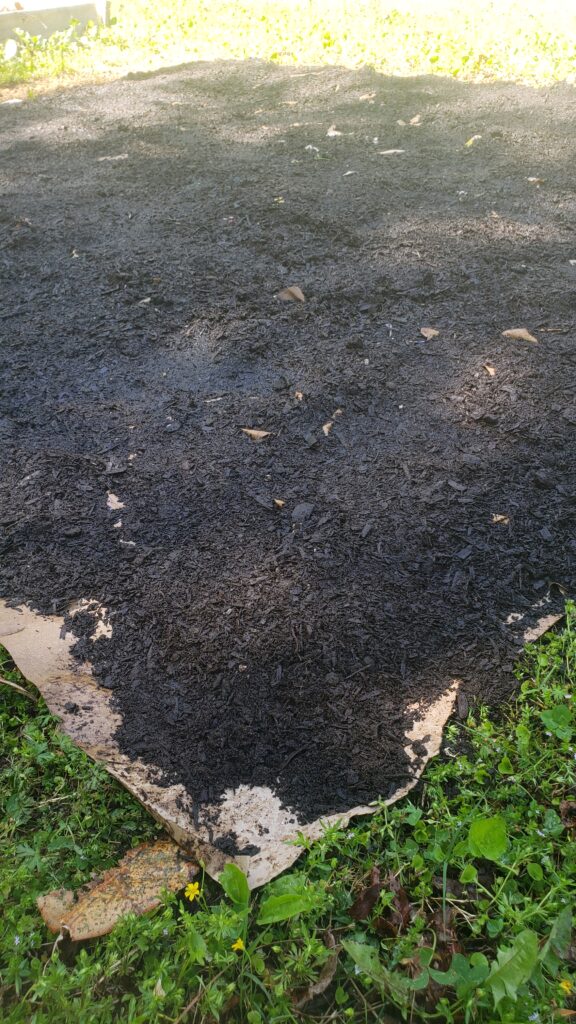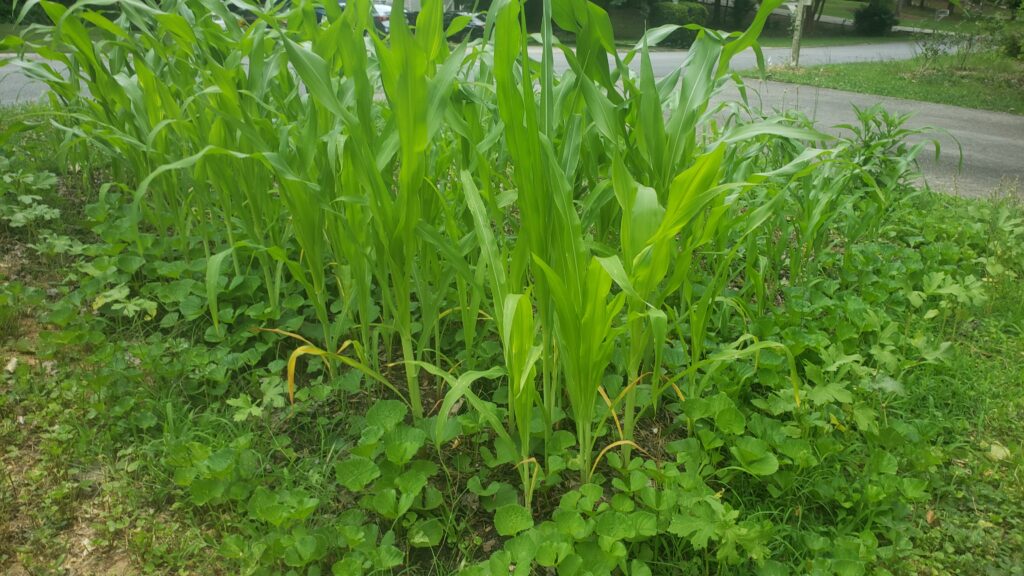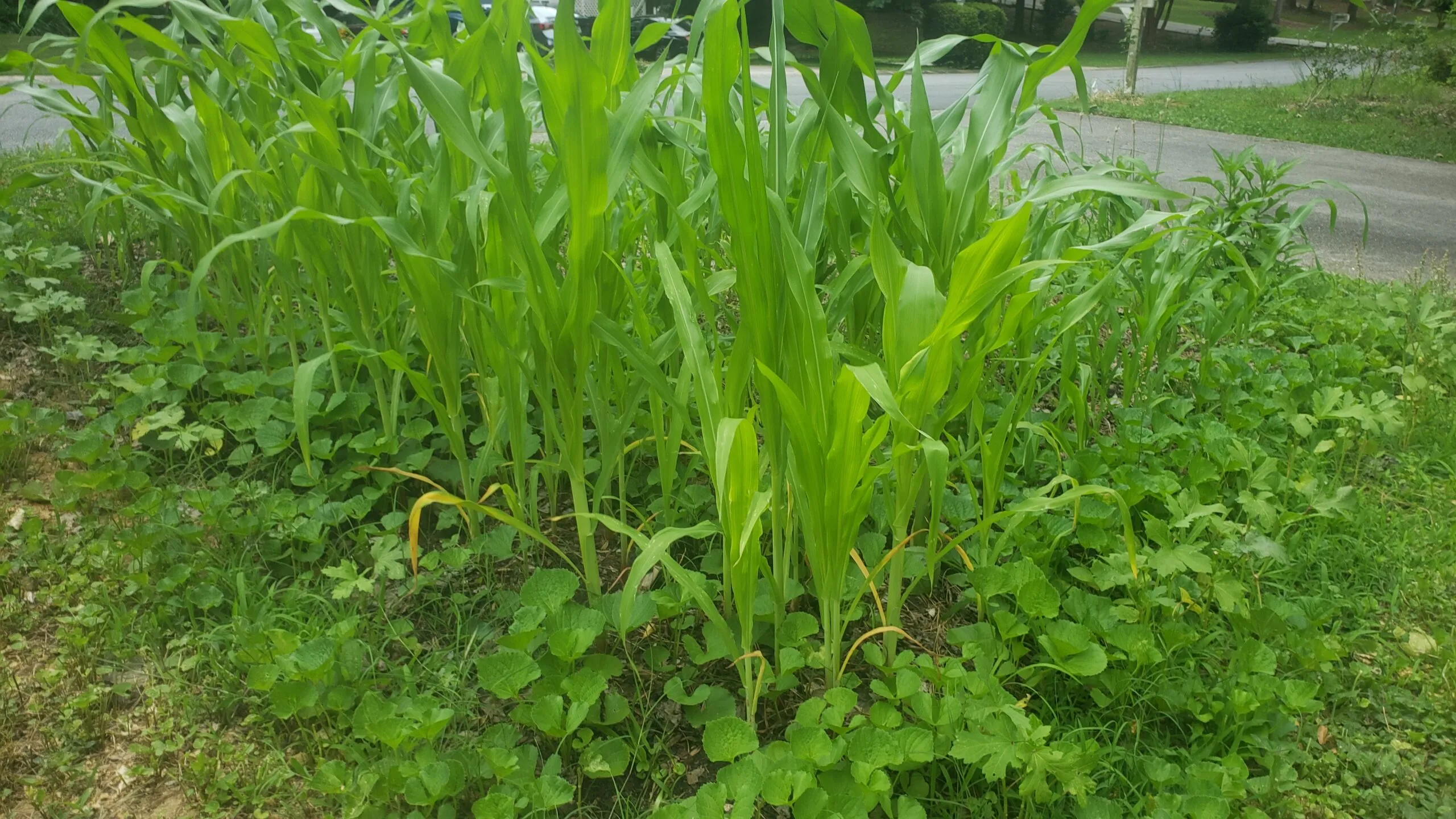Welcome to Good Chicken Gardens! Today, I’m excited to share my experience of transforming a section of my grass yard into a thriving food garden plot using a simple no-till method. This technique is not only environmentally friendly but also incredibly efficient. With just a few hours of work, you can set up a productive garden bed that will yield a bountiful harvest. Here’s how I did it.

The No-Till Method: Step-by-Step
Materials You’ll Need
- Mushroom compost (optional but recommended)
- Chopped leaf litter for mulch
- Water source (hose)

Step 1: Preparing the Area
Step 2: Laying Down the Cardboard
Cover the entire area with cardboard or paper bags, overlapping the edges to ensure there are no gaps. It’s essential to soak the cardboard thoroughly at this stage. Wet cardboard breaks down faster and helps the compost layer adhere better.
Step 3: Adding Compost
Once the cardboard is soaked, spread a layer of mushroom compost and cow manure compost over the top. I used a mix of both to provide a rich, nutrient-dense base for my plants. The compost layer should ideally be about 3-4 inches thick.

Step 4: Mulching
Step 5: Planting
After preparing the bed, it’s time to plant. I decided to grow a Three Sisters plot, which includes corn, beans, and squash (or in my case watermelon). The corn provides a structure for the beans to climb, and the watermelon spreads out to cover the ground, acting as a living mulch.
Step 6: Watering
Results and Benefits

After just 2 hours of work, I set up a garden plot that promises a harvest this season. This no-till method has several advantages:
Conclusion
Turning a grass section into a food garden plot using this no-till method is a rewarding and sustainable gardening practice. With minimal effort, you can create a productive garden that enhances your soil and supports healthy plant growth. I’m excited to see the results of this plot and look forward to a bountiful harvest and healthier soil going into next season. Give it a try in your own yard and enjoy the benefits of a no-till garden!
Happy gardening!







